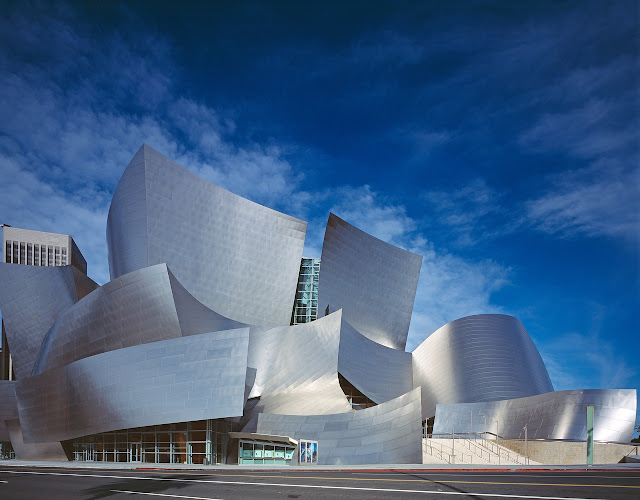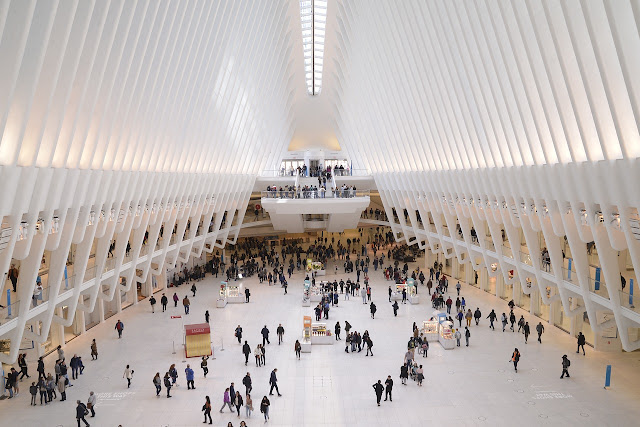Designing the Future: How Modern Architecture is Shaping Our Cities
Modern architecture plays a crucial role in shaping cities and communities around the world. It goes beyond mere functionality and aesthetics, as it has the power to transform neglected areas, promote sustainability, foster community engagement, and preserve cultural heritage. From iconic landmarks that define a city's identity to mixed-use developments that create vibrant urban environments, modern architecture has the ability to shape the way we live, work, and interact with our surroundings. In this article, we will explore the various aspects of modern architecture and its impact on our cities and communities.
The Evolution of Modern Architecture: From Function to Form
Modern architecture has come a long way from its early focus on functionality. In the early 20th century, architects like Le Corbusier and Walter Gropius pioneered the modernist movement, which emphasized clean lines, open spaces, and the use of new materials such as steel and glass. This shift from purely functional architecture to a focus on aesthetics and form marked a turning point in architectural design.
Throughout the 20th century, various architectural movements emerged, each with its own unique style and philosophy. From the organic forms of Art Nouveau to the bold geometries of the Bauhaus movement, these movements shaped the way we perceive and interact with our built environment. The postmodernist movement of the late 20th century challenged the modernist ideals by reintroducing historical references and ornamentation into architectural design.
Sustainable Design: Building a Greener Future
In recent years, there has been a growing emphasis on sustainable design in architecture. With increasing concerns about climate change and environmental degradation, architects are now incorporating green building techniques and materials into their designs. Sustainable design aims to reduce the environmental impact of buildings by minimizing energy consumption, conserving water, and using renewable resources.
Innovative green building techniques such as passive design, which maximizes natural light and ventilation, and green roofs, which help reduce heat island effect and stormwater runoff, are becoming more prevalent in modern architecture. Additionally, the use of sustainable materials such as recycled steel, bamboo, and reclaimed wood is gaining popularity.
The Rise of Smart Cities: Technology and Architecture in Harmony
Technology is playing an increasingly important role in urban design, giving rise to the concept of smart cities. Smart cities leverage technology to improve the efficiency and sustainability of urban infrastructure and services. This integration of technology into urban design has a significant impact on architecture.
Smart buildings are designed to be energy-efficient and responsive to the needs of their occupants. They incorporate features such as automated lighting and HVAC systems, as well as sensors that monitor energy usage and adjust accordingly. Additionally, smart cities utilize data analytics to optimize transportation systems, reduce congestion, and improve public safety.
Urban Revitalization: How Modern Architecture is Transforming Neglected Areas
Modern architecture has the power to revitalize neglected urban areas and improve the quality of life for residents. Through thoughtful design and strategic planning, architects can transform abandoned buildings and vacant lots into vibrant spaces that attract businesses, residents, and visitors.
One example of successful urban revitalization is the High Line in New York City. This elevated park was built on a disused railway track and has become a popular destination for locals and tourists alike. The High Line not only provides green space in a densely populated area but also supports local businesses and fosters community engagement.
Iconic Landmarks: Architectural Marvels that Define a City's Identity
Iconic landmarks are often synonymous with a city's identity. They serve as symbols of cultural heritage, architectural excellence, and civic pride. From the Eiffel Tower in Paris to the Sydney Opera House in Australia, these architectural marvels attract millions of visitors each year and contribute to the economic and cultural vitality of their respective cities.
Iconic landmarks not only shape the physical landscape but also influence the way people perceive and interact with a city. They become landmarks for navigation, meeting points for locals and tourists, and backdrops for cultural events and celebrations.
The Role of Public Spaces: Fostering Community and Connection
Well-designed public spaces are essential for fostering social interaction and community engagement. They provide a gathering place for people of all ages and backgrounds to come together, connect, and engage in various activities.
Public spaces can take many forms, from parks and plazas to waterfront promenades and pedestrian-friendly streets. They are designed to be inclusive, accessible, and inviting, with amenities such as seating, shade, and public art. Successful public space design encourages people to linger, interact with one another, and feel a sense of belonging to their community.
Mixed-Use Developments: Creating Vibrant and Livable Urban Environments
Mixed-use developments are becoming increasingly popular in urban design as they create vibrant and livable environments. These developments combine residential, commercial, and recreational spaces in a single location, allowing residents to live, work, and play within walking distance.
By integrating different land uses into one development, mixed-use projects promote a sense of community and reduce the need for long commutes. They also support local businesses by providing a customer base within close proximity. Additionally, mixed-use developments often incorporate green spaces and public amenities, further enhancing the quality of life for residents.
Designing for the Future: Incorporating Flexibility and Adaptability
In a rapidly changing world, it is essential to design buildings and spaces that can adapt to evolving needs and technologies. Flexibility and adaptability are key principles in modern architecture that allow for future-proofing.
Flexible design allows spaces to be easily reconfigured or repurposed as needs change over time. For example, open floor plans in office buildings can accommodate different work styles and allow for collaboration. Adaptable design takes into account technological advancements and allows for the integration of new systems and technologies without major renovations.
The Social Impact of Modern Architecture: Promoting Inclusion and Accessibility
Modern architecture has the potential to promote inclusivity and accessibility for all members of society. By incorporating universal design principles, architects can create spaces that are accessible to people with disabilities and cater to a diverse range of needs.
Inclusive design goes beyond meeting minimum accessibility requirements and strives to create environments that are welcoming and accommodating for everyone. This includes features such as ramps, elevators, and tactile signage for people with mobility impairments, as well as visual cues and acoustic treatments for people with sensory impairments.
Balancing Tradition and Innovation: Preserving Cultural Heritage in Modern Cityscapes
Preserving cultural heritage in modern cityscapes is a delicate balancing act between tradition and innovation. While it is important to embrace progress and modernity, it is equally important to honor and preserve the history and cultural identity of a place.
Successful integration of traditional and modern architecture can be seen in cities like Barcelona, where the works of Antoni Gaudí coexist harmoniously with contemporary buildings. By incorporating traditional elements into modern designs, architects can create a sense of continuity and connection to the past while still embracing innovation.
Conclusion
Modern architecture continues to shape cities and communities around the world. From sustainable design practices to the integration of technology into urban planning, modern architecture has the power to transform our built environment in meaningful ways. By prioritizing inclusivity, adaptability, and cultural preservation, architects can create spaces that promote social interaction, foster community engagement, and improve quality of life. As we look towards the future, it is clear that modern architecture will continue to play a vital role in shaping our cities and communities for generations to come.













No comments:
Post a Comment